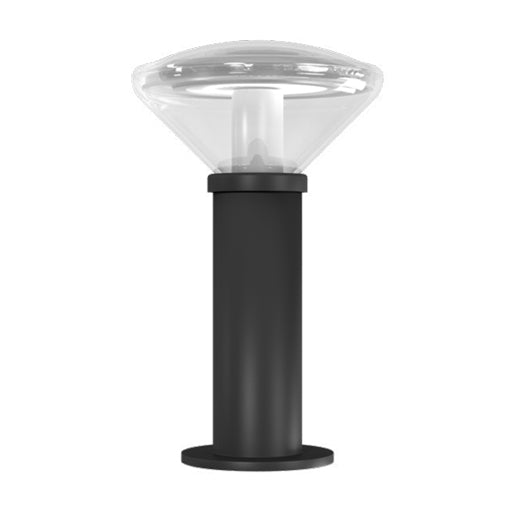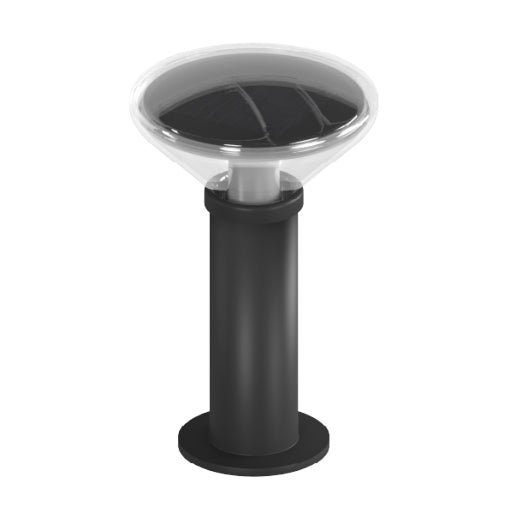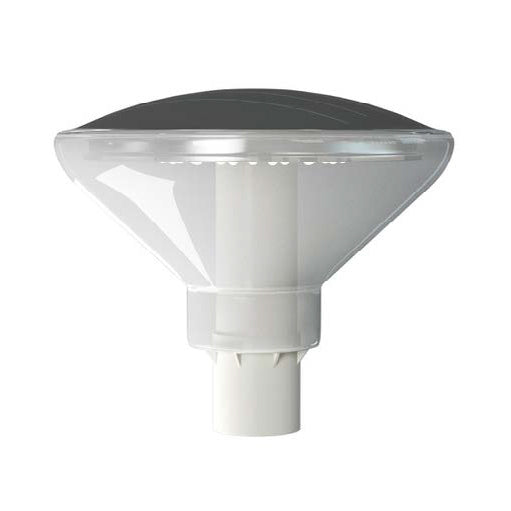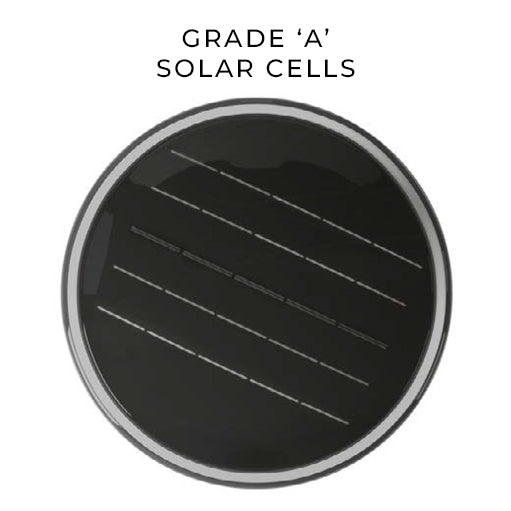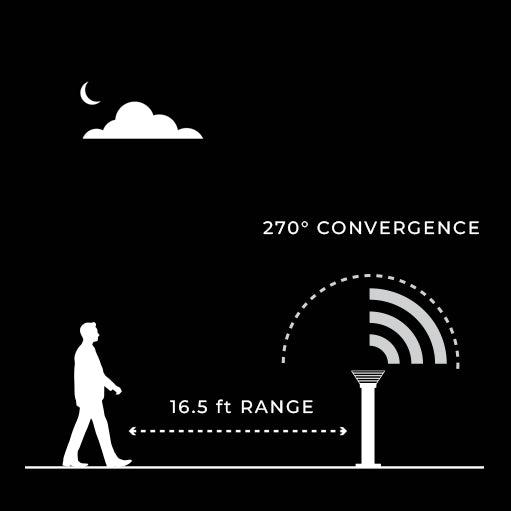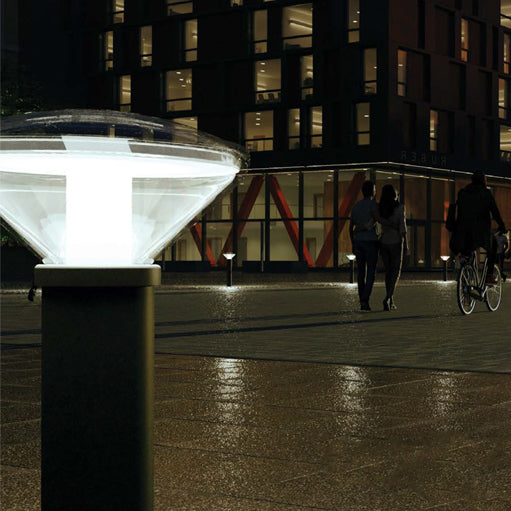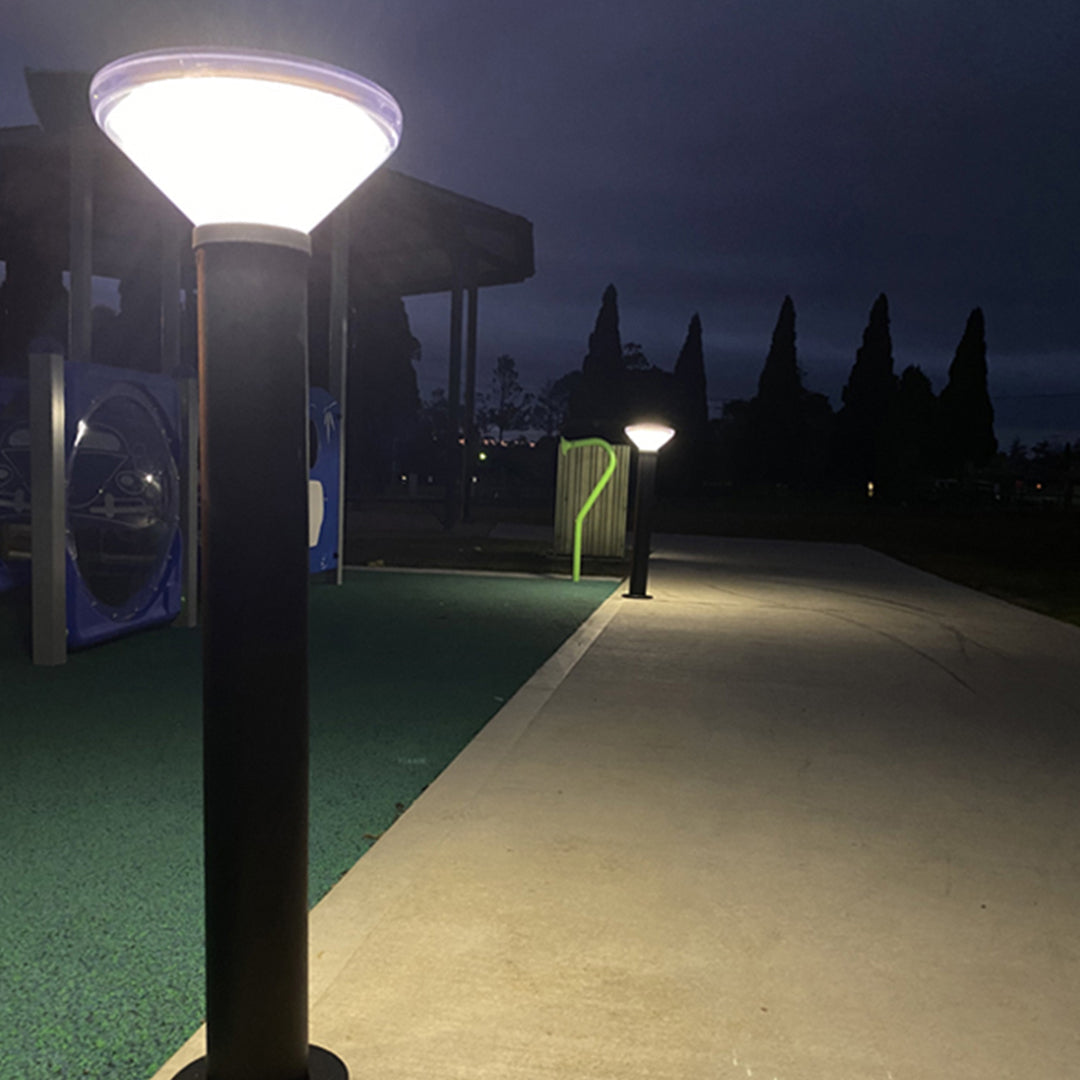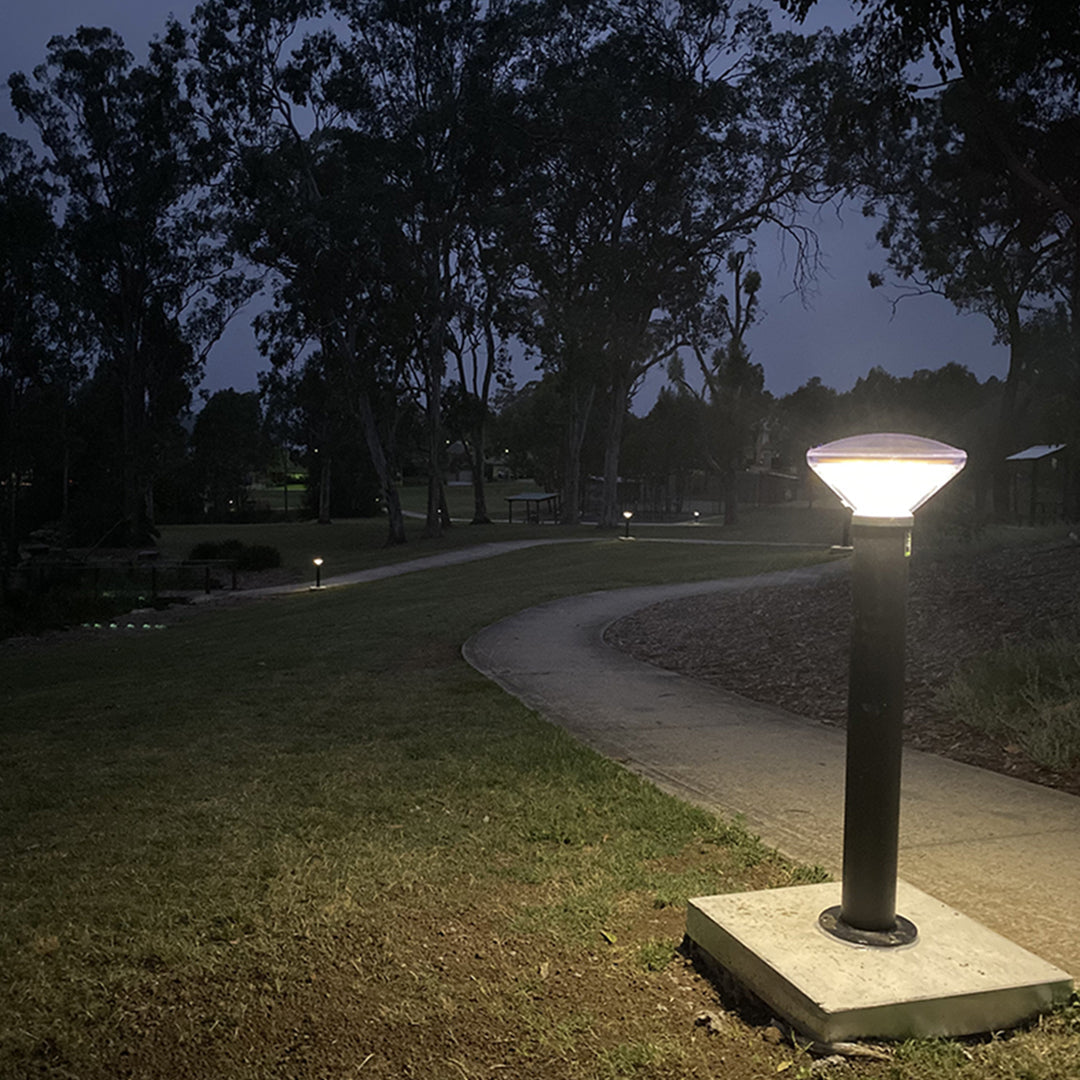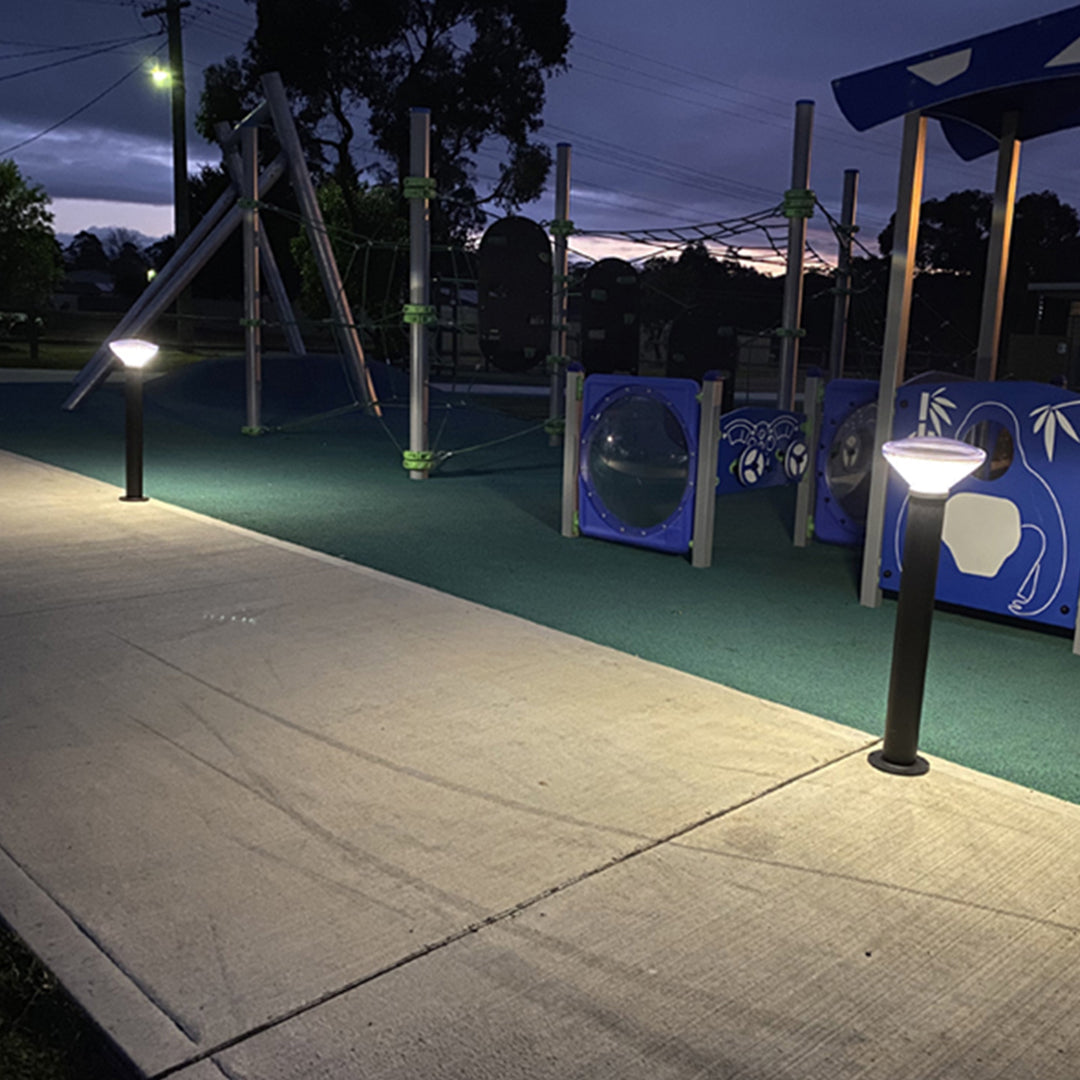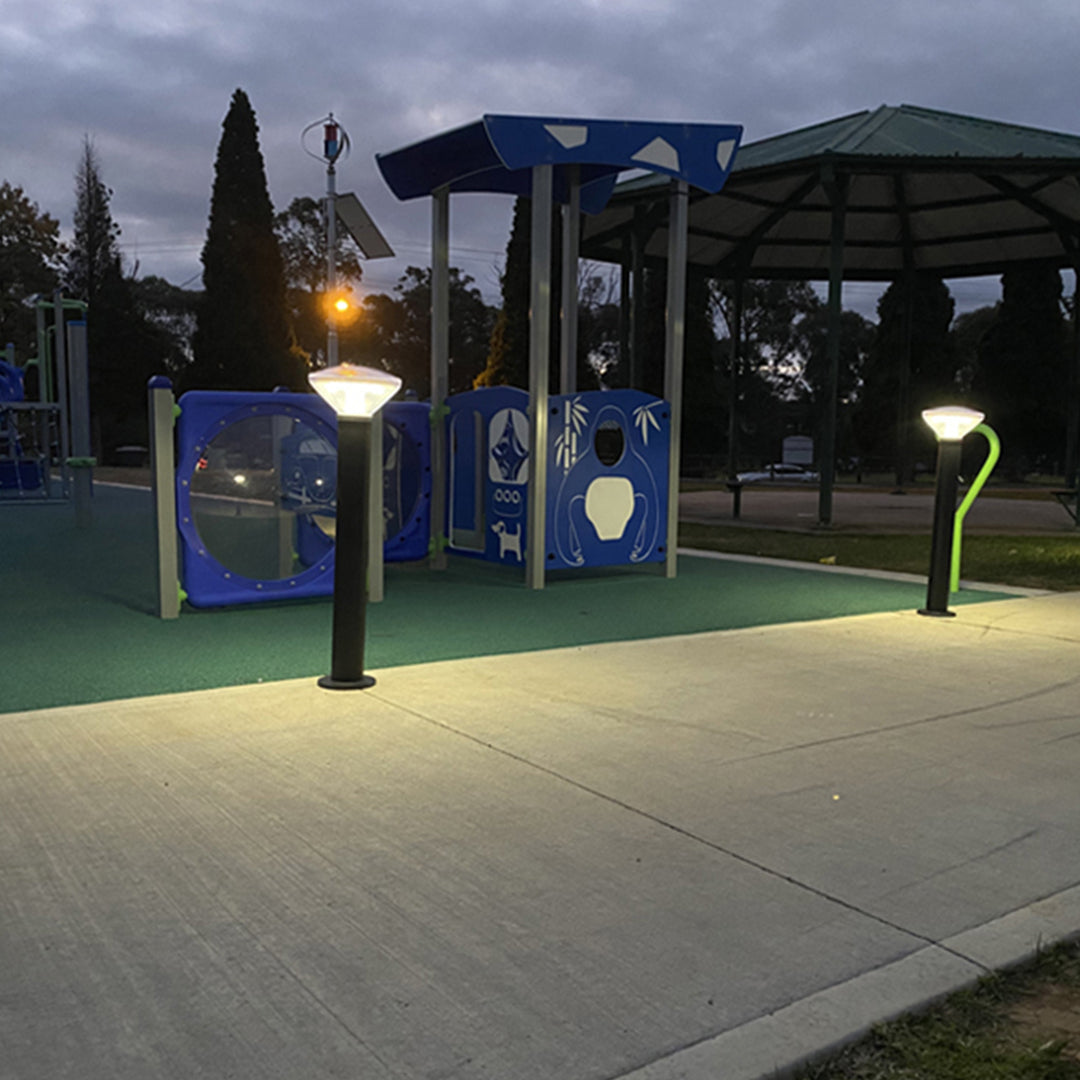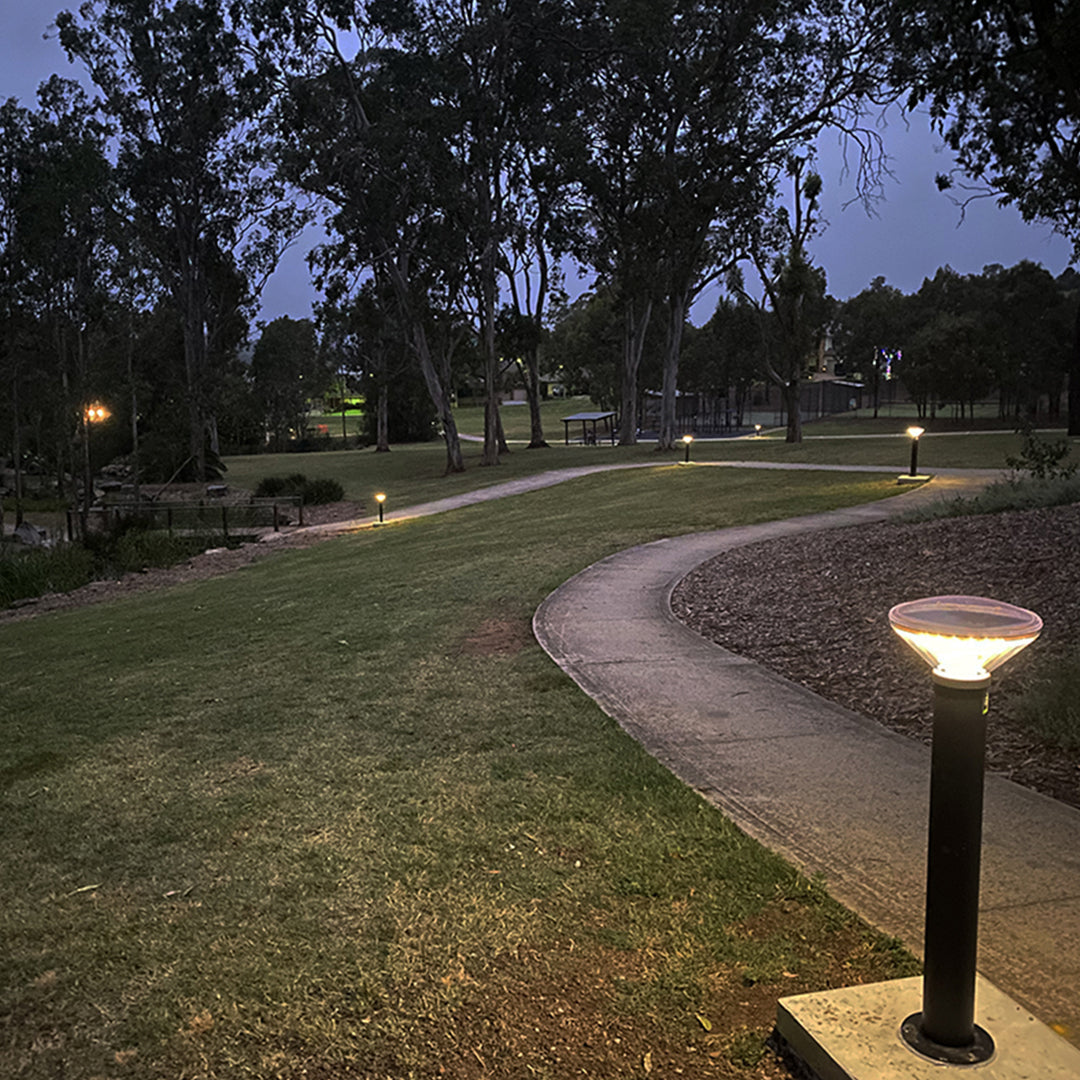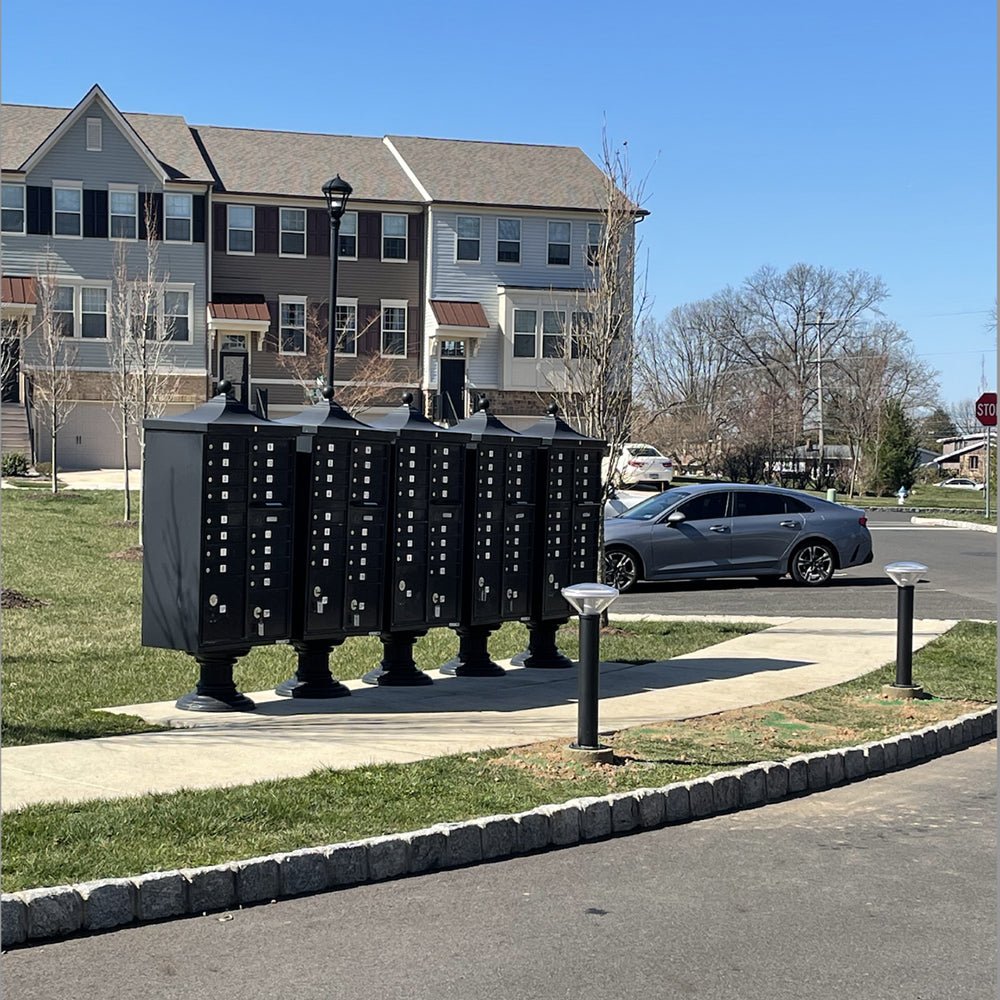-
Solar Lighting
- Solar Spot Lights
- Solar Panels
- Solar Street Lights
- Solar Sign Lights
- Solar Portable Lights
- Solar Pathway Lights
- Solar Bollard System
- Solar Flood and Wall Pack Lights
- Solar Flagpole Lights
- Solar Power Banks and Generators
- Solar Road Studs
- Solar LED Wall Washer
- Solar Battery Powered Tower
- Solar Security Light
- Projects
- Solutions
- About Us
- Where To Buy
- Solar Panel Deals
- Blogs














